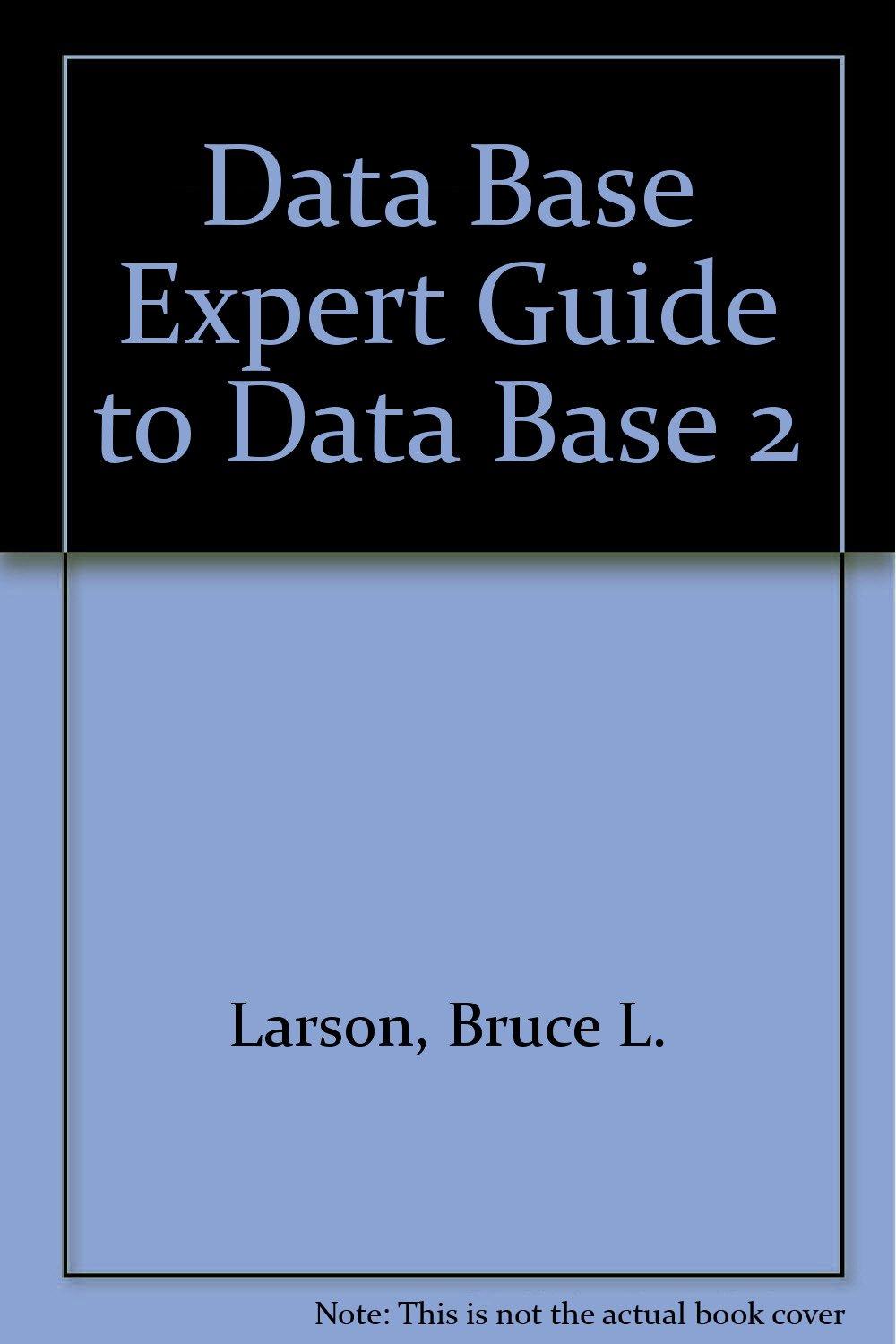Answered step by step
Verified Expert Solution
Question
1 Approved Answer
Task 0 1 You have been hired to design a database system for an online toy store. The database must keep track of the customers,
Task
You have been hired to design a database system for an online toy store. The database must keep track of
the customers, suppliers, products, product categories, and orders. You have the following information
about the way the store operates:
Customer details must be recorded. This includes a customer number, first name, last name, email address
and password.
The store wishes to implement a referral system to reward customers who tell others about the
store. Therefore, customer details should also include a referrer column, which will contain the
customer number of the customer who referred them, if applicable not all customers are referred by
someone
Details of item suppliers must be recorded ie the sources of the items that they sell This includes a
supplier ID number, business name, phone number and website URL.
Details of products must be recorded. This includes an item ID number, name, description, price how much
the store sells it for cost how much it costs the store to buy and stock how many of the item the store
currently has available
The store keeps track of the supplier of each product. Products only have one supplier.
A list of item categories must be recorded, and the database must keep track of which items are in which
categories. All items are in at least one category, but can be in several of them.
The only category details required are a category ID number and a category name.
Details of orders made by customers must be recorded. This includes an invoice ID number, the datetime of
the order, a delivery address and a billing address, as well as the customer ID number of the customer who
made the order.
For each order, the database must record details of ordered products ie which products were included in
the order and the quantity ordered. Each order must contain at least one item.
Based on the details above, you are required to draw both a logical ER diagram for this database and then a
corresponding physical ER diagram. Clearly show all cardinality, primary and foreign keys, attributes and relationships
as appropriate.
Adhere to the distinctions between logical and physical ER diagrams defined in Lecture
Use enhanced ER model notation whereif appropriate, and remember to state your assumptions.
Task
The toy store from Task now requires you to update and expand the previous database you designed for them, to
record some new and additional information. You must update and expand your ER diagrams from Task to
incorporate these new requirements:
Customers can now define addresses which are stored in the database. A customer can define multiple
addresses, and each address is associated with a single customer via their customer ID number. As well as
specifying the address itself, customers can specify a name for the address, egHome An address ID
number is used to identify each address.
Rather than storing addresses directly in the order details, the order details should now contain two
foreign keys referencing the address entity one for the delivery address and one for the billing
address.
Every order must reference an address for delivery and an address for billing, and the same address
can be used for delivery and billing.
You do not need to worry about ensuring that the addresses associated with an order belong to the
customer placing the order This is enforced outside of the database.
The toy shop has decided to start doing limited time special events. Each event has a name, a start datetime
and an end datetime The store offers a percentage discount to all orders made during the event that is all
orders with an order date that occurs after the events start date and before the events end date which the
database will need to keep track of
Create updated and expanded versions of your logical and physical ER diagrams from Task that incorporate these
requirements. You should not need to modify much from your Task solution; you mainly need to expand the
diagrams by adding the new attributes, entities and relationships.
Remember to state any additional assumptions you make, use enhanced ER model notation whereif appropriate, and
show cardinality on both diagrams. Ensure that you submit separate solutions to Tasks and a total of four ER
diagrams.
Step by Step Solution
There are 3 Steps involved in it
Step: 1

Get Instant Access to Expert-Tailored Solutions
See step-by-step solutions with expert insights and AI powered tools for academic success
Step: 2

Step: 3

Ace Your Homework with AI
Get the answers you need in no time with our AI-driven, step-by-step assistance
Get Started


